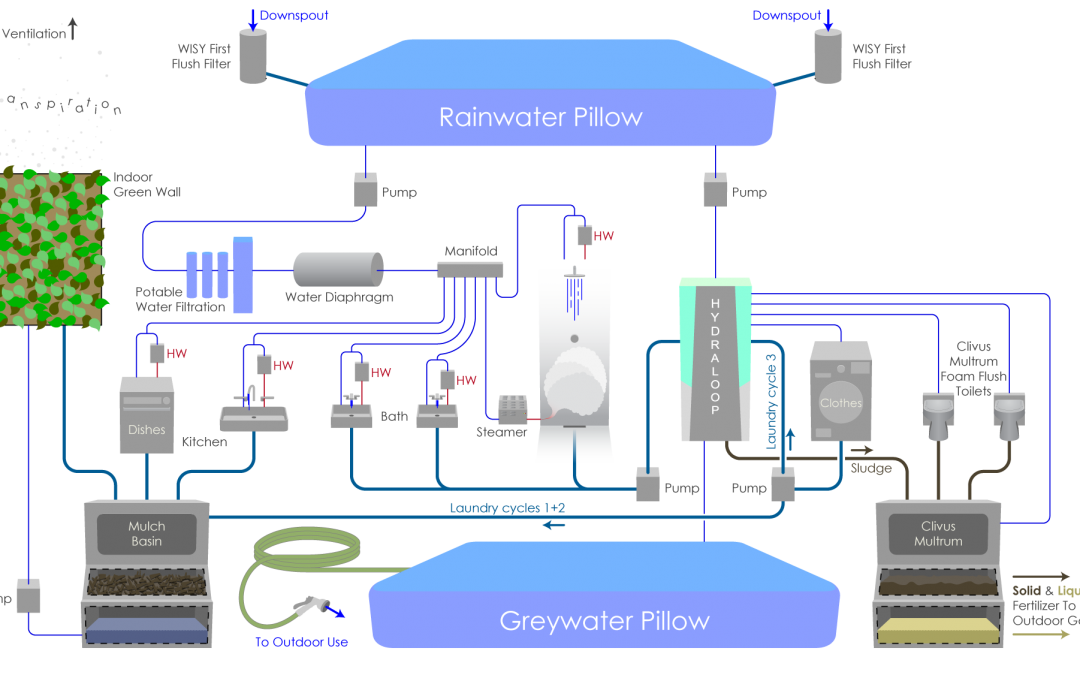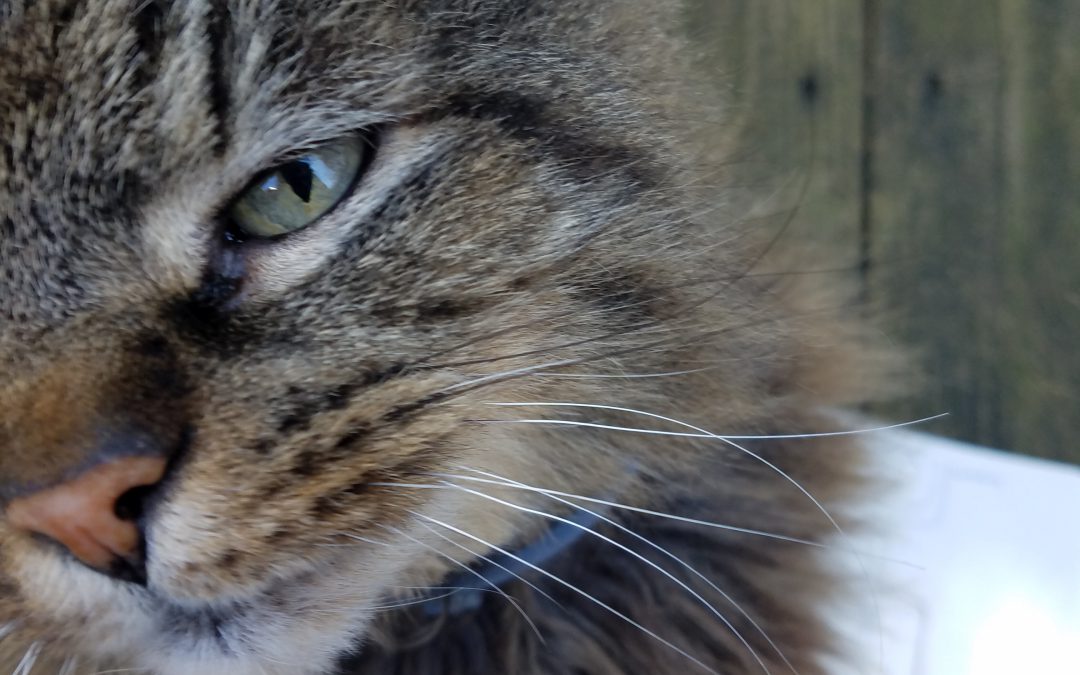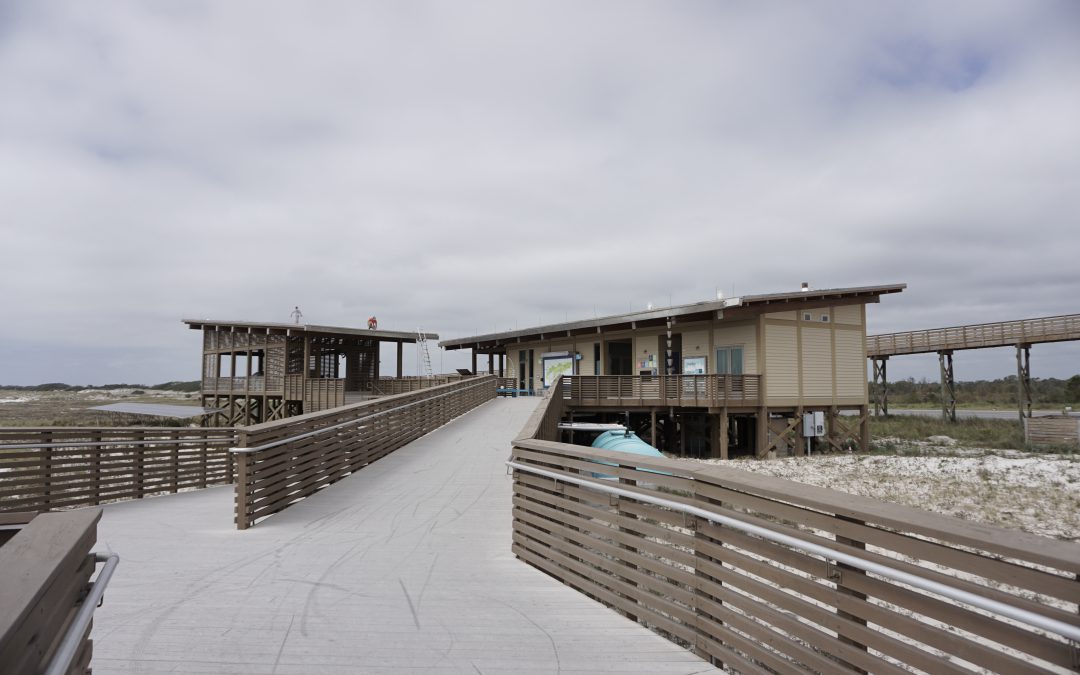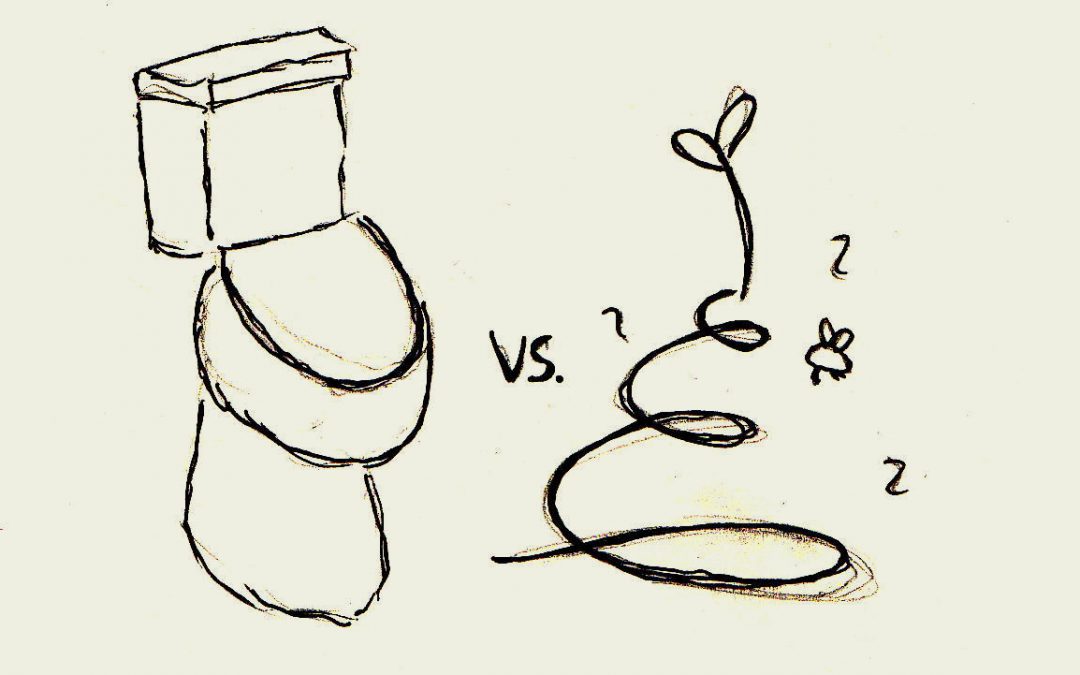
by William | Apr 28, 2021 | Net Zero
Dear Readers,
I think this is Round III of our plan to harvest and treat all of our water on-site…it may actually be round IV…or V. In truth, what version of the ideal we have bounding about in our brains does not matter. What matters, is this is what we have officially just shipped off for interpretation by code!
The goal we have set for ourselves is to meet the Water Petal as set by the Living Building Challenge, while also meeting PA Code. We want to not only maintain, but enhance, the safety and health of our surrounding natural environment and communities.
What you are about to read is essentially how we explained our system to the DEP. However, when I had some loved ones proof-read our email, they said it was overwhelming and boring.
So, I still sent our extensive email away to code.
While it is still certainly overwhelming, code does not care if it is boring. They just want to do their job and make sure we don’t jeopardize the health or integrity of our environment or neighbors.
But, to make it interesting for those who do find this overwhelming and boring, I am going to explain it in the context that you are a little, adorable, droplet of water. While small in stature, you are incredibly significant to our family’s, and the Land of the Laurel’s, survival.
My dear little droplet, your life has no real beginning or end. You just are. You belong to, and are a cycle that determines the life or death of every living being on this planet. For our story, we will begin with one of your many falls.
All excited and condensed with so many other droplets, it is now the time for you to let the weight of your condensation be pulled by gravity to the earth. Like a sneeze that has just built up for way too long, you finally let it go!
WeeeEEEEEEEEEEEEEEEEE!!!!!

by William | Apr 7, 2021 | Net Zero
Dear Readers,
This whole mulch basin idea may actually work. Especially if we combine it with the pre-established genius of the Clivus Multrum composting tank design!
How it would work:
Kitchen and laundry wastewater will be directed to an inclined mulch basin. The incline will allow the effluent to gradually and evenly filter through the mulch and to the bottom. This would be an aerated decomposition process, as there will be a constant fan allowing ventilation to the basin, and there will also be aerobic organisms helping to break up and decompose the organic matter (noms..grease!). The water filtered to the bottom of the holding tank will be pumped to the indoor greywater garden wall.
I would like to find a way to aerate the filtered water at the bottom of the holding tank. A way to keep it from becoming stagnant will be helpful.
This entire process will occur below our home, but still within the home’s envelope so to ensure proper function during colder months. The two Clivus Multrum composting toilet systems beneath our home will be maintained the same way~ both contained within the home’s envelope. Remember the blog about The Seed looking like Baba Yaga’s hut? Welp, it may have three chicken legs now instead of two…so I don’t know what fairytale creature/structure it will now resemble…maybe a hodgepodge.
Because we are aiming to achieve Living Building Challenge certification, we will be (and already are..) highly conscientious of what goes down our drains. Anything that could disrupt the filtration processes will be avoided (such as yucky chemicals).

by William | Mar 17, 2021 | Net Zero
Dear Readers,
As much as I believe Baba Yaga is a complex, terrifying, and intrinsically beautiful character in Russian fairy tales…I don’t necessarily want our home to look like her hut. And the two Clivus Multrum composting tanks do exactly that…they make The Seed look like it has two chicken feet.
The conundrum:
The U.S. designs of the Clivus Multrum are tall. In the design above, we have two M2 models of the Clivus Multrum. They are each designed for an average of 15 daily uses, and to accommodate three people. They each are between 6.5 and 7 feet high, and that height does not include the required 12’’ of extra space above the tank for ventilation equipment. These compost holding tanks will also be enclosed in the home’s envelope, and therefore would require additional height allowances.
The height becomes a problem due to the fact that William and I want to avoid digging. For prefabrication purposes, it is easier if we do not have to dig in order to install the tanks. For our own personal purposes, we simply want to avoid disrupting the natural soils on our land as much as possible.
Two Possible Solutions:
One, we could go Aussie. The Australian versions of the Clivus Multrum are significantly lower in height. A CM10 model is designed for an average of 25 daily uses, and is only 3.6 feet high. While the Australian version is certified to Australian and New Zealand wastewater treatment standards by SAI Global…they are not NSF certified. From my little research into PA DEP code, only NSF certified wastewater treatment products will be considered as acceptable.

by William | Nov 4, 2020 | Small Footprint
Dear Readers,
Alligators! Cottonmouths! Sharks! Oh my!!
Our honeymoon 3.0 (celebrating our two year anniversary!) was certainly filled with all three…all thanks to the beautiful, nature-loving, audacious and adventurous, Farren (oh, and her fellow partner in wildlife and everyday life endeavors, Tom!). The two of them introduced William and I to the gulf of Alabama in a bold and very real way. Within an hour of being there, I already had a full-out biology lesson on seashells and their former inhabitants…especially about who eats who…I never knew snails were responsible for that lil’ perfectly formed hole you sometimes see on small seashells (which I always thought was just a convenience for making seashell jewelry)…they just drill their little snail tongues right on in there and suck up the insides…
Beyond the seashells, Farren and Tom, both working for the environmental integrity of Gulf Shores, Alabama, took us on many adventures. We went on excursions through the park and conservation areas, unintentional swims with blacktip sharks, alligator sightings, and a personal tour of a real-life Living Building Challenge certified building: Alabama’s Gulf State Park Interpretive Center…

by William | Jun 24, 2020 | Net Zero, Small Footprint
Dear Readers,
If you have read the “Our Waste Goes Where?” blog (and if you have, I applaud you..that was a rough one..) or are familiar with how wastewater treatment generally works, whether it be a septic tank or a treatment facility, you may be wondering how the Clivus Multrum composting toilet and greywater system is beneficially different. I know that I was certainly curious…I mean, the results are similar. Most of the solid and liquid waste, whether flushed or composted in a hole, eventually find their way back into the great world as either fertilizer or drainage. So, what makes the idea of not just specifically the Clivus Multrum system, but a composting toilet in general, so enticing?
Since William and I are looking to build The Seed in a rural area, I am going to directly compare a composting toilet and greywater system to what is most often offered to fellow rural inhabitants…a septic tank.
Composting Toilet
A composting toilet is, for us, preferable to a septic tank for three main reasons.
1) It makes the home, and encourages the inhabitants within it to be, holistically self-sustaining, or, our version of net-zero living. Utilizing a composting toilet allows the home to have a reduced reliance and impact on the physical site it is on.
There is no digging a sand mound, or installing deep in the earth a septic tank. The solid waste that settles in the tank does not need to be pumped out by a big truck, and then subsequently dropped off at a public wastewater treatment facility.
Rather, the solid and liquid waste that the inhabitants generate rest in separate bins until they can be returned to the earth as stable soil fertilizer. The owner or resident (William and I!) can do this themselves with a simple and common tool…a shovel.
A composting toilet also results in a reduction of the home’s overall water usage. If you opt for the standard composting toilet, then you use no water when contributing your waste to compost. None. Even if you choose the foam flush composting toilet, you only use 6 ounces of water per flush. If you are relying on a rainwater pillow for your water supply, this is a HUGE plus…as well as a beautiful help in achieving net-zero living.
The greywater garden for the greywater filtration and distribution would be the only alteration required to the land…and that is because we would physically be planting a garden which would aid in filtration and dispersal. Yay, plants!
Not only would a composting system aid the home in being holistically net-zero, but it would better enable the inhabitants to take account for their own waste. Before researching for the blog, “Our Waste Goes Where??”, I honestly had no idea what happened to my processed nutrients. I figured it went to our septic tank, which I knew had to be pumped once every couple years…but I had no idea that it eventually went to a wastewater treatment facility, and what that process looked like. Someone else took care of it. All I had to do was sit on the toilet, do my thing, and flush. Done. The mess was no longer mine. Because William and I intend to raise children in this crazy idealistic home of ours, we see the composting toilet as a great life lesson for them…in William’s (and a lil’ of Shelby’s words), it will be “teaching our children to not expect other people to clean up their nasty sh…enanigans.”





